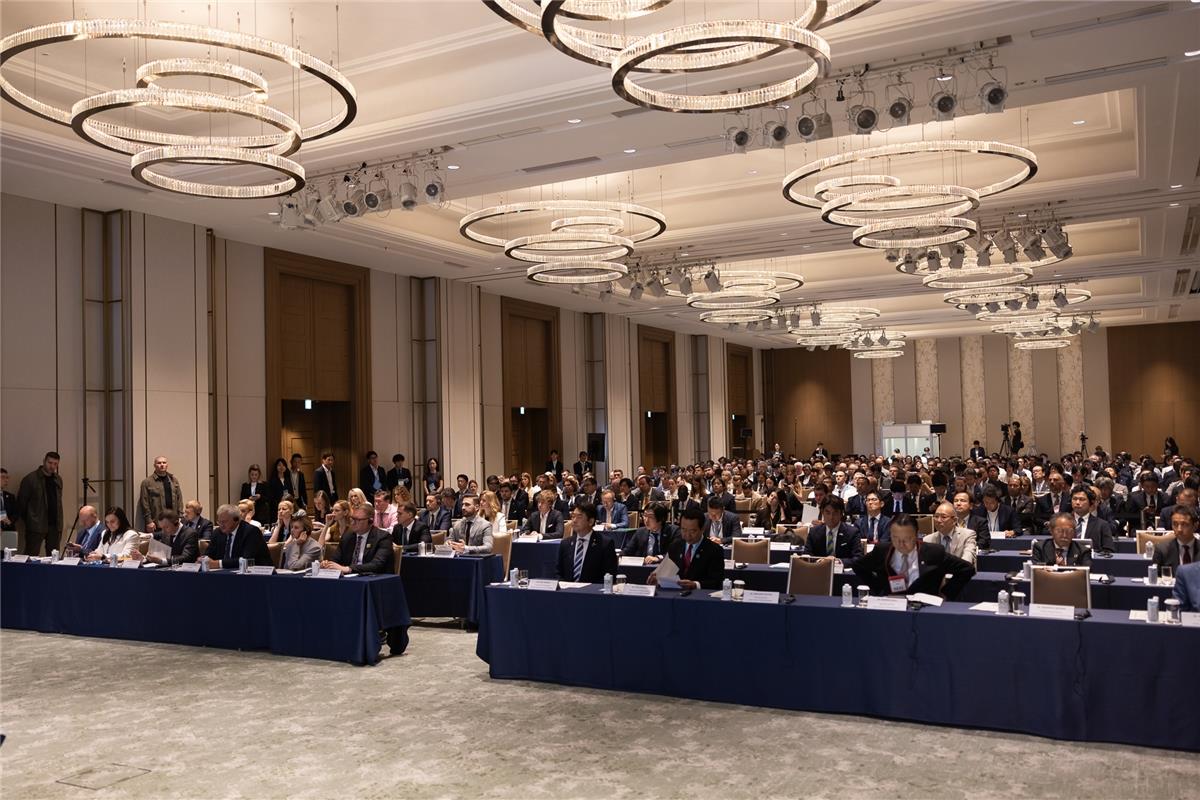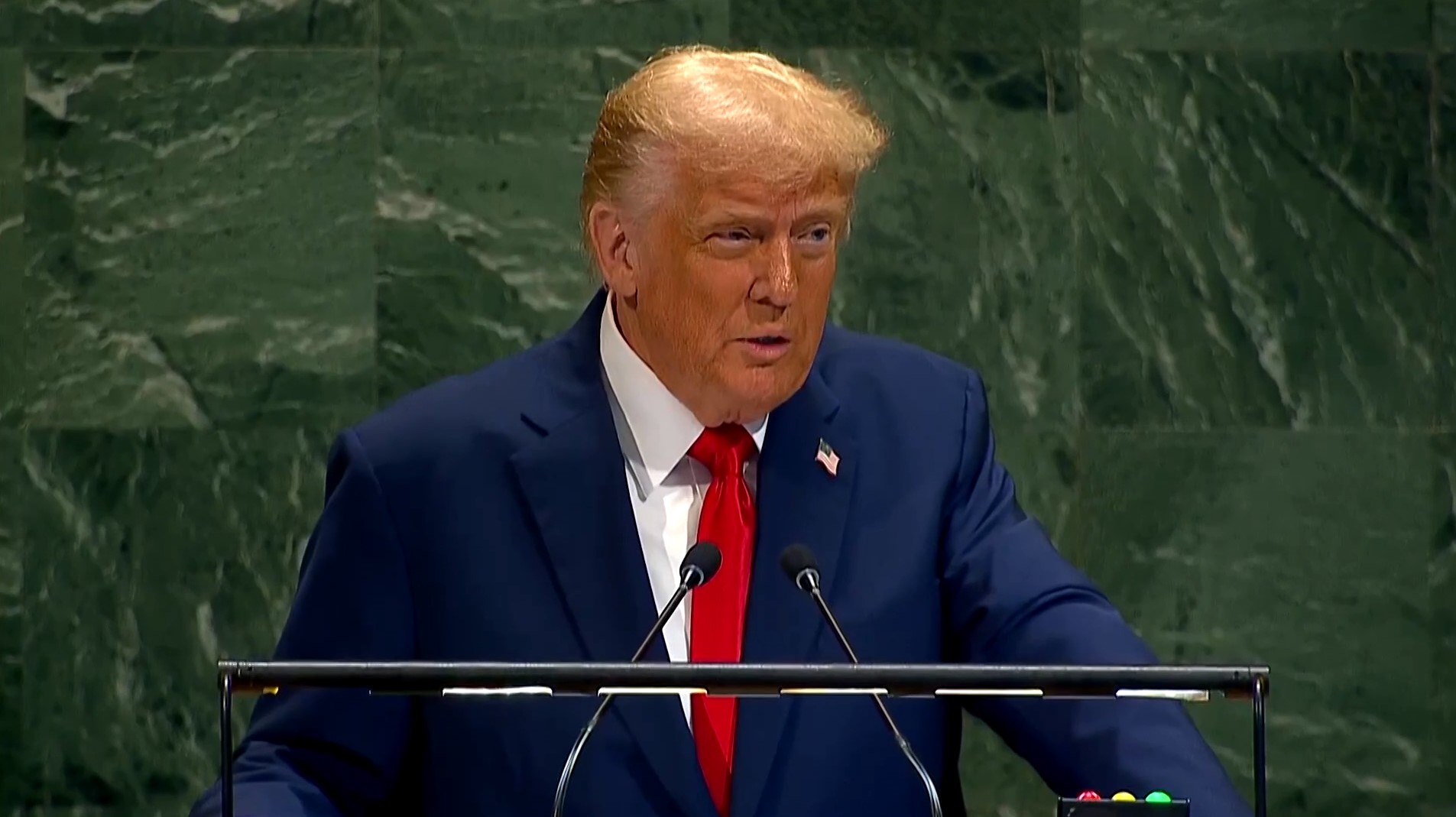The Russian government has allowed an increase in the upper limit of additional export quotas on grain from 45% to 300%, but only until July 1, 2025. This step is intended to urgently relieve the surplus of last year’s harvest amid sluggish exports. In May this year, wheat exports from Russia fell to 1.8 million tonnes.
The grain quota for 2025 has been significantly reduced — to 10.6 million tonnes compared to 29 million tonnes in 2024 — and now applies only to wheat. At the same time, wheat reserves are at their lowest level in the past five years — about 14 million tonnes. This is putting pressure on the market, especially on small exporters, who are forced to sell grain at the current low prices. Large companies, meanwhile, are withholding supplies, hoping prices will rise. In November 2024, exporters received 25,000 rubles per tonne of grain, but by May this year the price had dropped to just 20,000, severely reducing supplier margins.
Although 2.5 million tonnes of wheat within the main quota remain unallocated, the Russian authorities attribute this to mass refusals from market participants. The reason: “command-driven” exports that essentially mean operating at a loss.
The Kremlin’s manual control of the agricultural market is only deepening the imbalances. Stimulating exports through administrative methods may temporarily improve statistics, but it stifles investment and exacerbates the crisis in Russia’s agro-industrial complex.





















